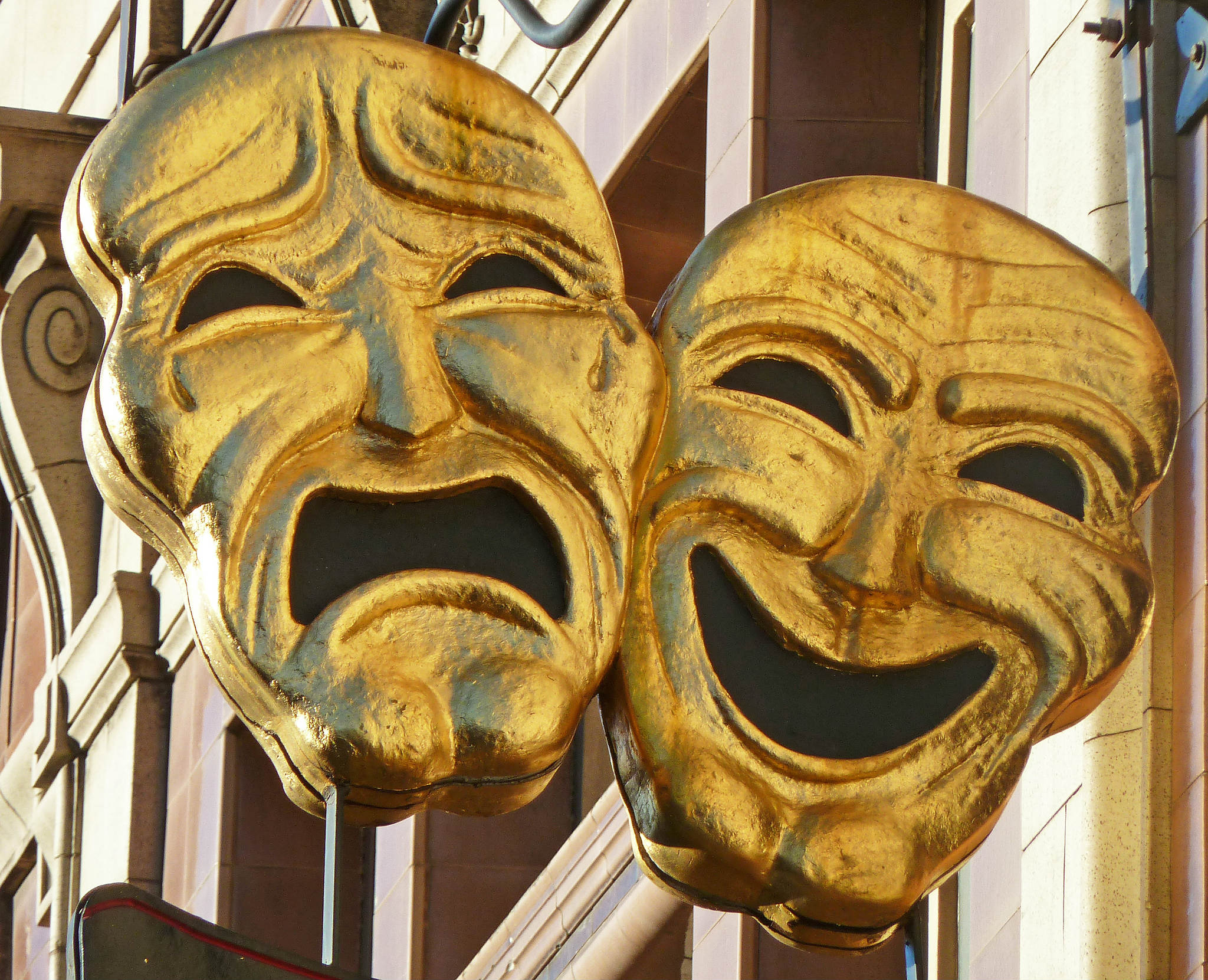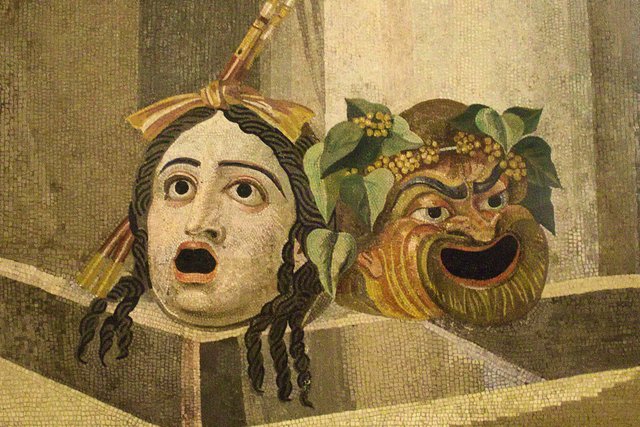Pessimistic tragedy and Optimistic tragedy
The conflict between reality and ideal, which leads to the defeat of the ideal, can be conceived - both in life and in art - differently. The tragic fate of the German people in this dramatic epoch reveals the work of Remark (from his first novel "On the West Front nothing new" to the "Arc de Triomphe" and "Life Loan"). In addition, every Remark book brings to the reader a heavy sense of implacability and hopelessness, a feeling of overpowering, the universe of evil, and the unviability of the good, the bright and the noble. In other words, in the irreconcilable conflict between real social life and the humanistic ideal in the books of Remark, defeat not only his characters, the bearers of ideal qualities and aspirations, but the ideal itself and its defeat is neither accidental nor temporary but profoundly lawful, inevitably and definitively. Such a solution to the tragic collision, such a worldview, such a philosophy of life are called pessimistic.The "terrible" is not an aesthetic category, but as far as the pessimistic worldview is concerned, it has historically evolved in certain historical epochs - in break-away eras, when the collapse of a certain way of life and the ideals it has created has been perceived by many as proof of the impossibility of the ideal, the noble and the bright to defeat the dark and low reality. One of the most shocking artistic expressions of such a worldview in the era of the Renaissance culture crisis is the painting by Pieter Brögel's "Slepitsi": the row of blinded ones who go to the abyss is perceived as a symbol of the historical path of all mankind ... Especially deep roots put pessimism in the early nineteenth century in the era of Romanticism. In the aesthetics of Romanticism, this is reflected in the absolute opposition of the ideal and reality, the exalted dream and the ugly reality, the wonderful and poetic aspirations and the invisible, vulgar prose of life, in which the antagonists seem to be overwhelming.

The philosophy of existentialism is so popular in the broad circles of the bourgeois intelligentsia, because the latter finds in this doctrine the theoretical justification of its worldview. Indeed, if, as Heidegger claims, the goal of human existence is "nothingness," if life, as Jaspers says, is "a movement from a darkness in which I have not been, to a darkness in which I will not be," the pessimistic instinct becomes the only legitimate, "science-based" worldview of modern man ...

The analysis of human psychology, as well as the whole history of world culture, shows that the understanding of tragic collisions in life can not only be pessimistic. Too dangerous for art are the notions of people who identify pessimism with tragedy and therefore have a stupid fear of tragic works. In fact, the fear of tragedy is one of the so-called "conflict-free theory." Indeed, alongside the pessimistic tragedy in the history of art, there has always been another type of tragedy - "Optimistic Tragedy". Optimistic worldview is rooted in the deep foundations of human consciousness: people's activity would have no meaning if they did not believe in the ability to subdue their hostile natural powers and defeat the evil of society, if they did not believe in the better future of the human race. In the early stages of the development of public consciousness, this elemental optimism takes the fantastic forms of myth that convey the solution to all the vital contradictions in the afterlife. Still, despite his religious mystic form, the legend of the hero's rebirth after his death (any such hero, Osiris, Dionysus, or Christ) is the first optimistic tragedy in the history of artistic understanding of the laws of human life. When public consciousness and art are freed from the captivity of mythological fantasies and embark on a sober understanding of real human history, religious utopias have been replaced by an optimistic view of the development of society and an optimistic solution to the tragic conflicts arising in the course of this development.
In Shakespeare's work we find the first classical examples of the optimistic tragedy, free of mythological mystifications. The aesthetic sense of Romeo and Juliet, Hamlet, and Othello is that the death of the wonderful man who embodies or fights for the ideal is not a doom of the ideal. On the contrary, Shakespeare's tragedies flashed the passionate faith in the inevitable celebration of reason, justice, the beauty of free feeling, human trust:
Death will stop in front of your liveliness,
death is corrupt, and you, soul, do not rejoice.
These remarkable words, ending one of Shakespeare's sonnets, can be placed as the motto of all his tragedies.
But in the Revival period, not only Shakespeare thinks. The immortality of Raphael's "Sistine Madonna" consists in the fact that the painter frees the traditional theme of the Madonna with the infant and the religious mysticism that is so characteristic of the Middle Ages and the idyllic chanting of motherly happiness, not least of Renaissance art. Raphael transforms this subject into a highly optimistic tragedy: the mother carries her son to mankind by anticipating with him his tragic fate and at the same time realizing the necessity and justification of the victim ... The optimism of the Titans of the Revival was inherited by the enlighteners of the 17th and 19th centuries. Their outlook is "historic optimism," and opposes romantic "historical pessimism," because enlighteners believed in the possibility of solving basic social contradictions, believed in the ultimate celebration of reason, justice and beauty. That's why Lesing's drama and Schiller's tragedies are new variants of optimistic tragedy. In the democratic culture of the twentieth century, bright examples of such a type of tragedy are "The Charming Soul" by Romain Roland or "Glass Beads" by Hermann Hesse. Pessimistic tragedy invalidates man's will, cultivates obedience and passivity. And the optimistic tragedy "cleanses", awakens the will to fight, the readiness for feats, calls for sacrifice and a fearless struggle with everything that stands on the road to the ideal, nurturing heroes, fighters, revolutionaries.
Solving your death is not difficult.
To live, there is the difficulty!